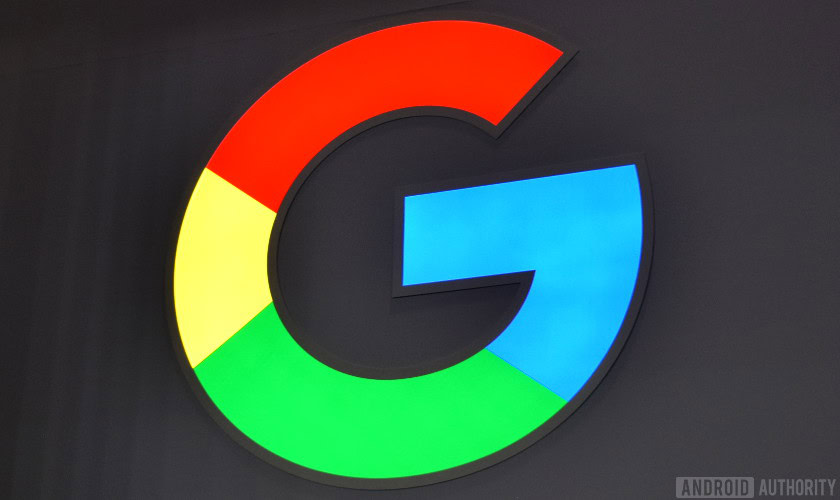Affiliate links on Android Authority may earn us a commission. Learn more.
Google applying knowledge from AMP to other parts of the web

- Google will be bringing knowledge learned from AMP thus far to parts of the web that are not developed with AMP in mind.
- This will hopefully prove that the web can be made better with AMP, even if those parts of the internet are not based on AMP.
- Google also committed to investing even more into AMP and keeping its open source credibility.
Google’s Accelerated Mobile Pages (AMP) project has one intention: to make a faster, more streamlined web experience. Over the past two years, AMP developers have created and tested new standards for web technology to increase the speed and versatility of web pages.
Now, according to a post on the AMP blog, the team is ready to take the next logical step: apply techniques learned from AMP to things that weren’t developed from AMP. Here’s how the team puts it:
We now feel ready to take the next step and work to support more instant-loading content not based on AMP technology in areas of Google Search designed for this, like the Top Stories carousel.
The AMP team likely knows that not all websites are going to abandon their current designs to start up from scratch with something based on AMP. Now that the team has the AMP platform down well enough to create fast-loading web content, it’s time to figure out how to transition parts of the web that aren’t AMP-based.
It looks like the team took this first new step with the Top Stories carousel in Google Search:

Right now, the Top Stories carousel code is based on AMP protocols. Google has this to say in the blog post:
We now feel confident that with iframe performance isolation through site isolation or cooperative multitasking, web packaging, Feature Policies, iframe promotion, and a document opt-in, it’ll be possible to make such features available to non-AMP web content that implements those standards.
What that essentially means is that the way the Top Stories carousel is designed now allows for integration with other, non-AMP content. This proof-of-concept has given the team enough confidence to try to apply the premise to other parts of the web.
AMP is open source (although maybe for the wrong reasons), so to keep everyone in the loop the AMP team will keep track of in-development features related to this next step at its GitHub page.
The blog post notes that Google intends to continue investing heavily in AMP and maintain its open source status.